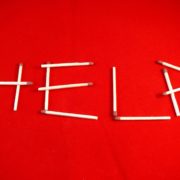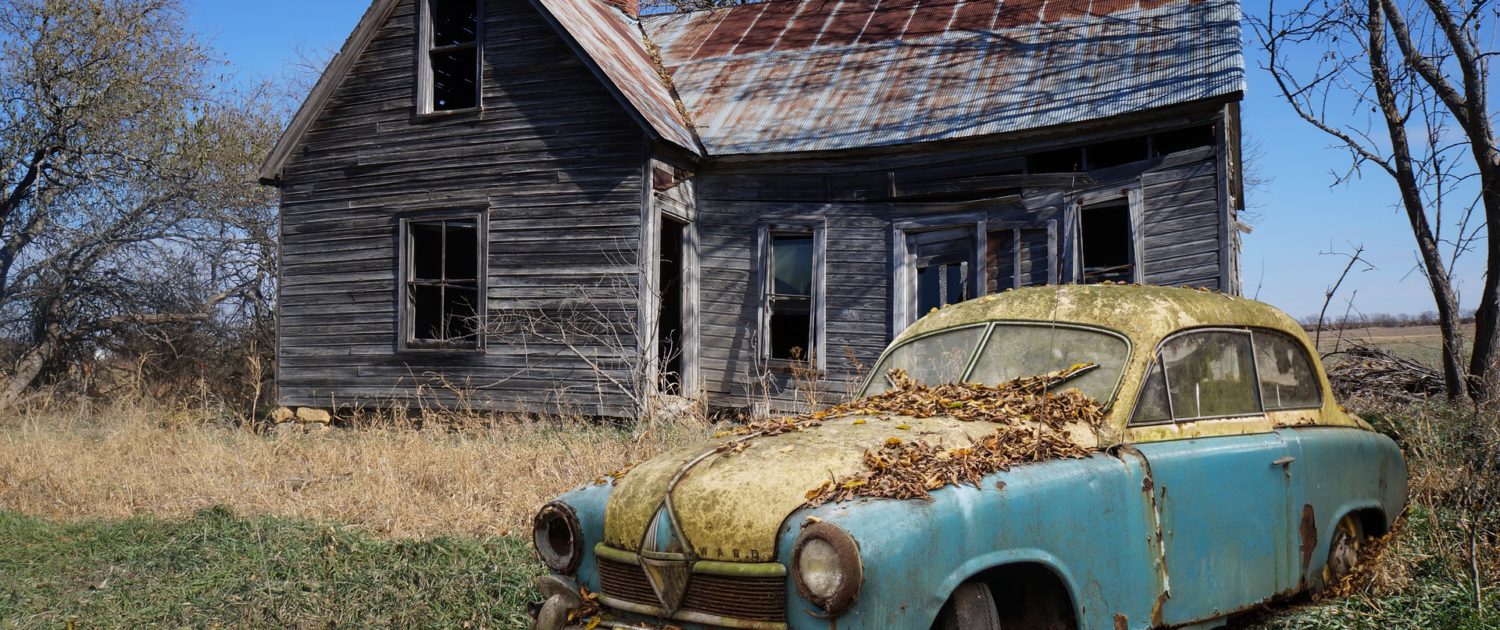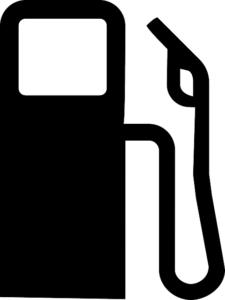OK, 24-Hour Fitness – Can the News!!

I have a couple of confessions.
First, I’ve fallen into a bad habit of reading the newspaper in the morning over breakfast. For me, it’s the Denver Post, a newspaper that has become a shadow of its former self, considered by some as best used for bird-cage bottoms instead of news.
Second, I always come away from the experience (a) having LEARNED NOTHING HELPFUL and (b) having set a marginal tone for the rest of the day.
My lizard brain/amygdala loves it. That’s what it thrives on. It’s looking for bad news – like the lion behind the bush – so as to enact my fight-or-flight mechanism for my protection. But, I’m not hearing of too many lions-in-the-bushes here in suburban Denver, so it’s an unnecessary activation of cortisol injection into my system through largely unnecessary drivel that has virtually no impact on my life.
So why do I even have it delivered?
Because it encases the sports page and the crossword puzzle and soduko my wife does every day.
I gotta have the sports page because I’m a Broncos/Rockies/Nuggets fan (in that order), plus I find that sportswriters are well above average writers – certainly better than the reporters at the news desk who are trained under the guiding light of “bad news sells” and “if it bleeds, it leads.”
I was reminded of the senselessness of this morning activity – and of tuning in the evening network news – in an article by Ryan Holiday in Medium.com today: “Why Everyone Should Watch Less News.”
Holiday is a strategist and author with quite a cult following in the business and sports world. As one might expect of an author, he suggests watching less news and reading more books because “just about anything bound between two covers will teach you something more than the latest headlines – and will do far more in regards to settling your soul.”
I recall doing a Toastmaster speech on the state of reading a number of years ago. In my research, I discovered that the average number of books read in the U.S., at the time, was around 15 and the median (midpoint) number of books read was around 4.
That average is pulled up by the gonzo readers like myself. I’ve averaged 60+ books/year for the last 10 years with only two novels in the mix. Yes, I know – pretty weird. It’s the way I’m wired and when the weirdness of it all starts nagging me, I remind myself that Bill Gates averages a book a week, Warren Buffett reads five hours a day, and Teddy Roosevelt reportedly read a book a day.
Think 60 books a year is overwhelming?
Not so much. Think on this formula
60 books x 50,000 words / book (avg size of a typical non-fiction book) = 3,000,000 words
3,000,000 words / 300 wpm (slightly above average reading speed) = 10,000 minutes
10,000 minutes / 60 = 167 hours
167 hours/52 weeks = 3.3 hours/week
Average time spent by Americans on (see this article by Charles Chu: “The Simple Truth Behind Reading 200 Books a Year):
Social media – 608 hours/yr = 11.7 hours/week
TV – 1642 hours/yr = 31.6 hours/week
I won’t insult you by going further and doing the math for you.

In that speech in 2013, I reported that reading is declining in this country. No doubt, it hasn’t gotten better. I parsed out some stats for that presentation that really caught my attention along with a couple of stats that are the consequences of this decline:
- % of U.S. adults who are unable to read at the eighth-grade level – 50%.
- % of U.S. high school students who will never read a book after high school – 33%
- % of college graduates who will never read another book after graduating from college – 42%
- % of families in the U.S. who did not buy a book in 2012 – 80%
- % of adults who had not been in a bookstore in the past five years – 70%
- According to the NEA, the average 15-24-year-old watches 2 hours of TV and does 7 minutes of leisurely reading each day.
- In a U.S. population of over 300 million, popular movie gems in 2013 such as “The Matrix” and “Fast and Furious” sold one million DVDs while the 2011 top-selling, Pulitzer Prize-winning novel only sold 135,000 copies.
What about the consequences of all this. Again, some revealing facts:
- 2/3 of students who cannot read proficiently by the end of the 4th grade will end up in jail or on welfare.
- 80-85% of juveniles who face trial in the juvenile court system and over 60 % of prison inmates are functionally illiterate.

- Low literacy directly costs the healthcare industry $70 million every year.
Need more reasons to read?
Holiday continues (bolding is mine):
“While research has shown that visually shocking and upsetting news can contribute to anxiety, sleeping trouble, raise cortisol levels and even trigger PTSD symptoms, a University of Sussex study found that just six minutes reading a book can reduce stress levels up to 68%. A study done by former journalist turned positive psychology researcher Michelle Geilan found that watching just a few minutes of negative news in the morning increases the chances of viewers reporting having had a bad day by 27%, while Barnes and Noble just reported soaring sales for books that help people deal with anxiety and find happiness. Life Time Fitness, a gym chain with locations in 27 states, recently decided that tuning their TVs to FOX News and CNN was antithetical to their mission of making people healthier, so they’ve banned the news from the gym.”
So, I’m going public.
I’m giving up the morning newspaper (except for the sports page) and avoiding TV news altogether.
You are welcome to hold my feet to the fire on this. Stop by for breakfast or an evening beer anytime to check me out.
And since I work out there 5-6 days a week, I’m going to suggest to 24-Hour Fitness that they block Fox and CNN just like Lifetime Fitness. I’m not sure the Lululemon or the tattoo, tank top, and tiny-testicle crowd pays all that much attention, much-preferring mirror-viewing. But I think it would be a good symbolic gesture, don’t you?
Maybe they could upgrade their equipment and replace all the burned out overhead lights while they are at it.



 I’m hanging out a “Help Wanted” sign.
I’m hanging out a “Help Wanted” sign.

 All systems go.
All systems go.




 Centenarians are outliers. Where our culture tells us that our intellectual and physical functions diminish with the passing of time, healthy centenarians have largely rejected that notion by accepting the fact that they will grow old and die but choosing how they will age. Most take each day as a timeless gift and demonstrate amazing resilience in overcoming adversity.
Centenarians are outliers. Where our culture tells us that our intellectual and physical functions diminish with the passing of time, healthy centenarians have largely rejected that notion by accepting the fact that they will grow old and die but choosing how they will age. Most take each day as a timeless gift and demonstrate amazing resilience in overcoming adversity.